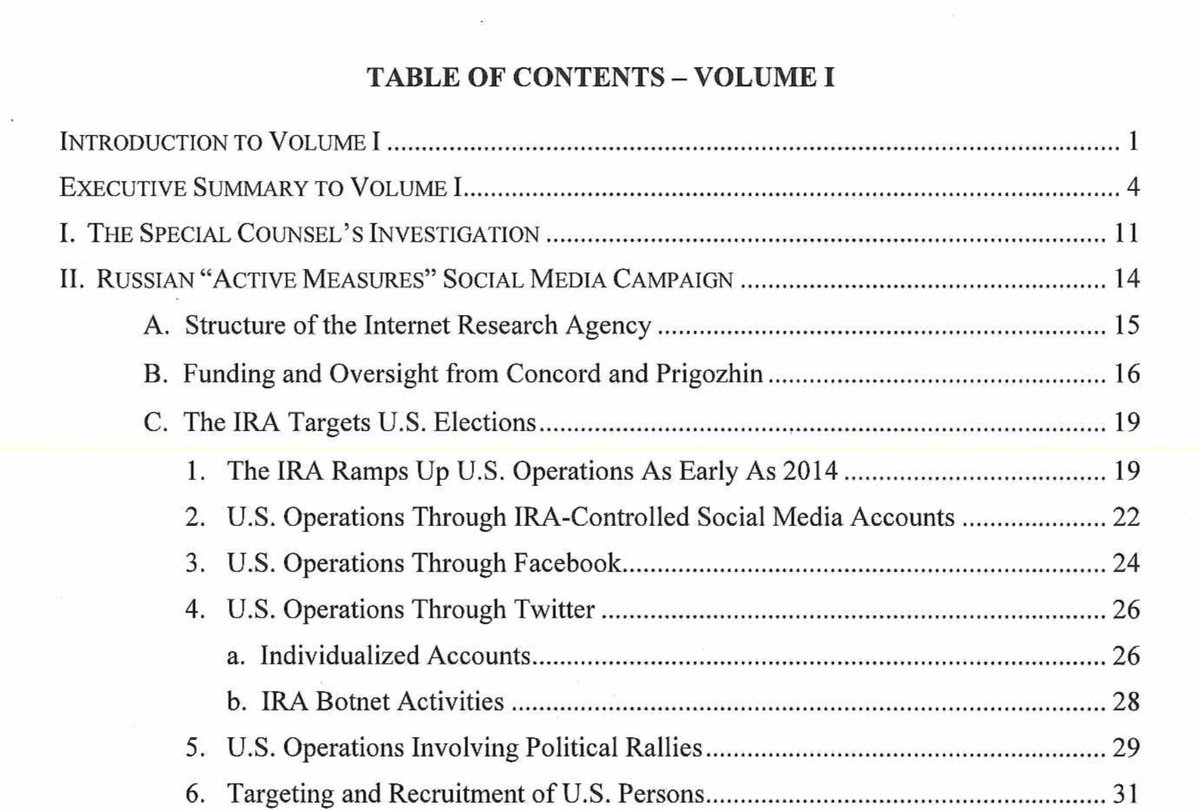22/ Here I focus on an exploration of common attack vectors inherent in blockchains, & what solution(s) can combat them (to the best of my knowledge). Will use project-specific examples to keep this as tangible as possible.
For a recap of Part One, see below👇
1) a verifiable delay function (VDF)
2) a commit-reveal scheme
3) BLS signatures
eprint.iacr.org/2018/601.pdf
medium.com/cryptoadvance/…
talk.harmony.one/t/unbiasable-r…




